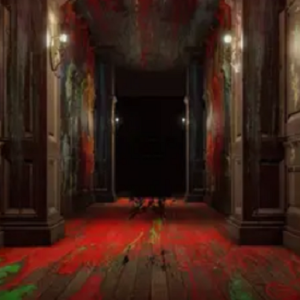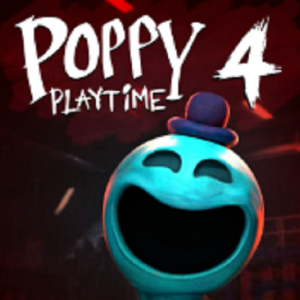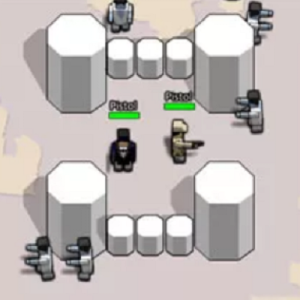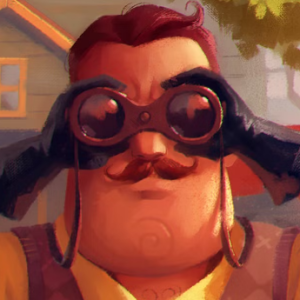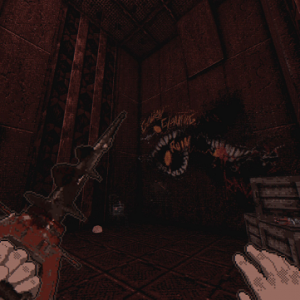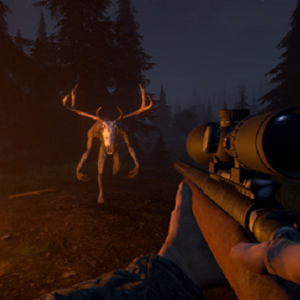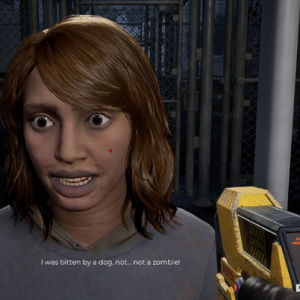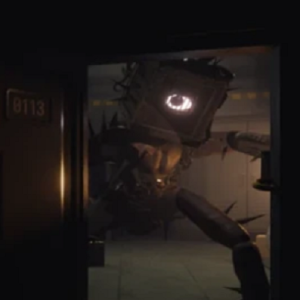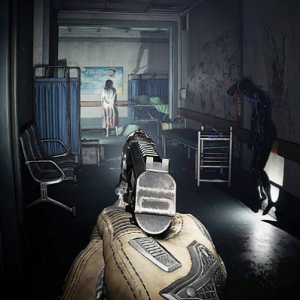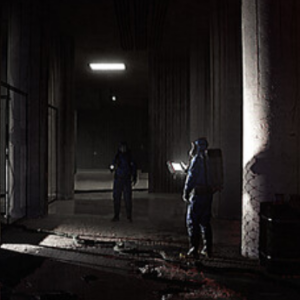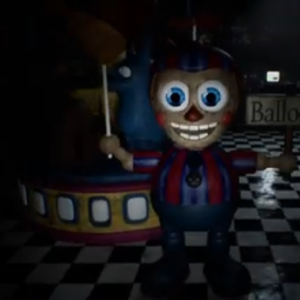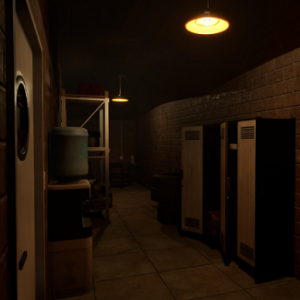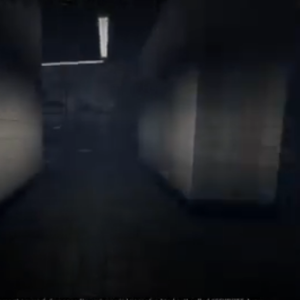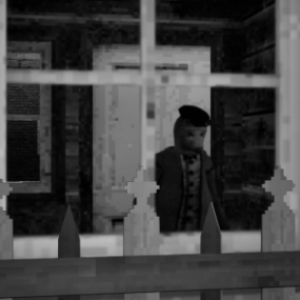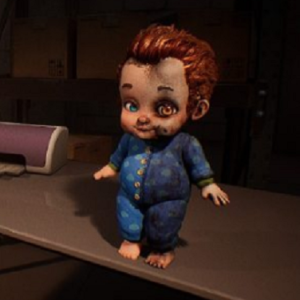Similiar games
BrokenLore Don’t Watch is a first-person psychological horror game that confines the player to a single apartment in modern-day Tokyo. The protagonist, Shinji, is a withdrawn individual struggling with anxiety, disconnection, and a sense of helplessness. His space becomes a reflection of his mental condition—claustrophobic, dim, and unchanging on the surface but filled with small, unsettling variations.
Gameplay is slow-paced and deliberately limited, focusing on observation, small interactions, and environmental storytelling. Players use Shinji’s laptop to read distorted emails, receive cryptic video files, and browse corrupted websites that react to progress in real time. There are no traditional objectives; instead, players must respond to subtle changes in the environment and unravel meaning through fragments. The feeling of being watched intensifies as mirrors distort, doors close without sound, and messages appear where none existed moments before. Every action feels personal, every discovery loaded with implication.
The Presence of Hyakume
Lurking beneath the surface is Hyakume, a supernatural entity represented by countless watching eyes. It does not chase or speak—it observes. Its presence builds tension through silence, minor environmental changes, and visual patterns that suggest it is always nearby. As the game progresses, eye imagery becomes more frequent and unavoidable, appearing in textures, reflections, and screen glitches. The fear isn’t about being caught, but about never being alone. This sense of quiet observation erodes the boundary between the player’s perspective and Shinji’s unraveling thoughts.
Visual and Audio Presentation
The art style uses a muted, almost grayscale palette interrupted only by sharp, deliberate flashes of color—red being the most prominent. Visual distortion plays a key role in pacing, as the apartment subtly reconfigures itself with each cycle. Lighting changes unpredictably, and static overlays blend into the environment to create a sense of layered perception. Audio is minimal but impactful: distant murmurs, buzzing electronics, and the occasional mechanical screech are the only feedback, heightening the feeling of isolation. There is no soundtrack in the traditional sense—only noise, and the absence of it.
Don’t Watch is not simply a horror game about monsters or haunted spaces. It explores mental disintegration, isolation, and the weight of internal expectations. Shinji’s descent is told not through exposition, but through the objects he interacts with, the questions left unanswered, and the growing presence of things he cannot control. The game resists resolution, allowing players to interpret events through emotional fragments rather than clear conclusions.


